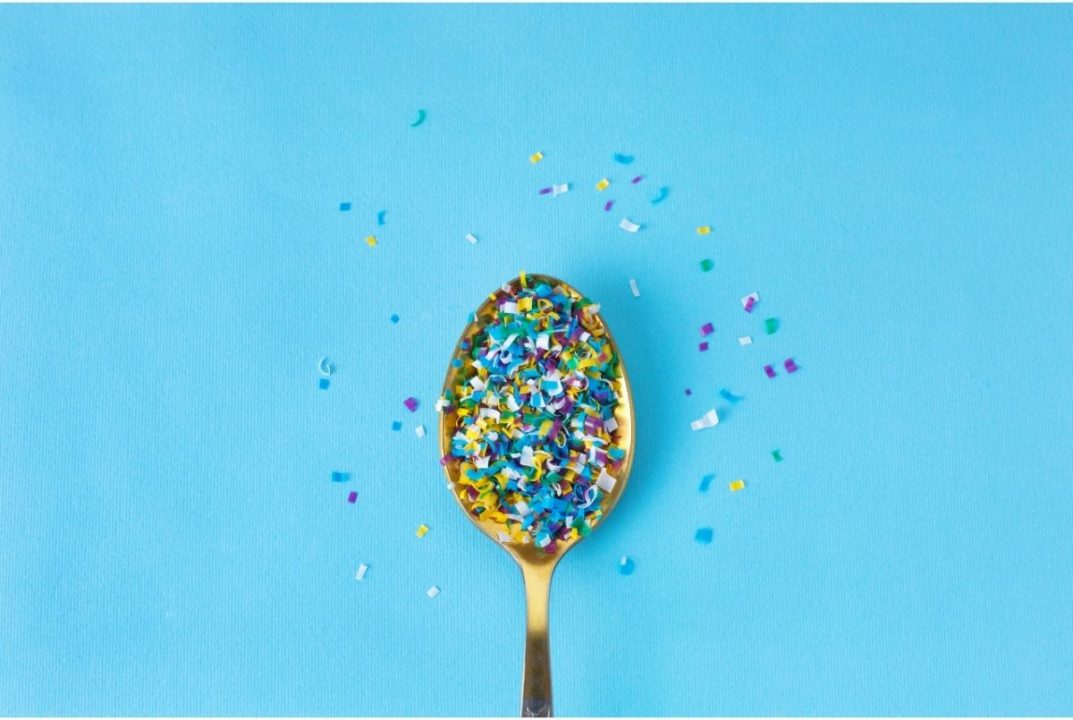Contribution From Sheryl Bolden
Findings from a groundbreaking study in late March 2022 detected microplastics in human blood for the first time. It is already known that microplastics can get transported into pregnant women’s placentas and may limit red blood cell’s ability to transport oxygen. It’s clear that microplastics, a term frequently heard when discussing plastic pollution and its negative impact human health, is an urgent issue, but what are they, where do they come from, and how can we reduce our exposure to them here in Hong Kong?
What are microplastics?
As the name suggests, microplastics are pieces of plastic measuring less than 5mm. We find them everywhere, from beaches and seas to the streets and countryside, and even inside our homes and bodies. Microplastics vary in size from as big as a grain of rice to microscopic.
There is a distinction between primary microplastics and secondary microplastics. Primary microplastics are plastic particles designed for commercial use. The bulk of microplastics impacting the environment are secondary microplastics, which originate from larger pieces of plastic that have broken down over time.
Non-profit marine conservation group, Plastic Soup Foundation, reports that since the end of WWII, 8.3 billion metric tons of plastic have been produced worldwide. Sadly, only 9% of this total figure has been recycled and 12% incinerated. Plastic doesn’t decompose, meaning the remaining 79% has remained in our environment and global landfills.
What are the sources of microplastics?
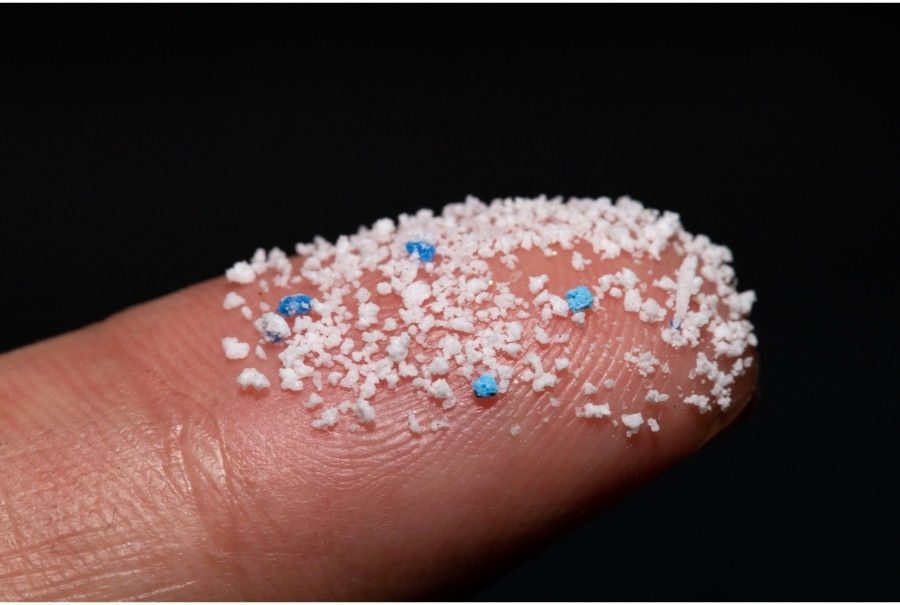
Microplastics aren’t just derived from visible plastic waste. More silent and subtle contributors exist, such as microbeads, which are small, manufactured beads made from polyethylene plastic used in health and beauty products. While the negative impact of microbeads may have only received global criticism in the last decade, they are not a recent problem.
The United Nations Environmental Programme reports the use of microbeads in cosmetics for over 50 years. Not only are they in products such as exfoliating scrubs, but they are also found in all types of cosmetics, personal hygiene, and baby care products. The story is the same for these plastic particles, which cannot be collected for recycling nor decompose, simply entering our ecosystem where they end up in our seas and oceans.
Resin pellets used in manufacturing are a third common source of microplastic pollution. These pellets, used in the preproduction of plastic items, are found in environmental samples all over the world. Their geographical locations are often linked to production and transportation spills. As an international shipping and logistics hub, Hong Kong is especially exposed to this source of microplastics in the ocean.
How do microplastics affect humans?
In short, it is too early to say how serious the ingestion of microplastics through our food and drinking water is. Researchers have been concerned about the potential harm of microplastic pollution on life for nearly two decades. While most studies have focused on the risks to marine life, this is changing as scientists begin to focus on the impact of microplastics on human health.
Plastic is a polymer, but it is different to those natural polymers that our bodies are used to breaking down and safely processing. According to Yale chemist Paul Anastas, human bodies have not had enough time to evolve to process the artifical polymer that is plastic.
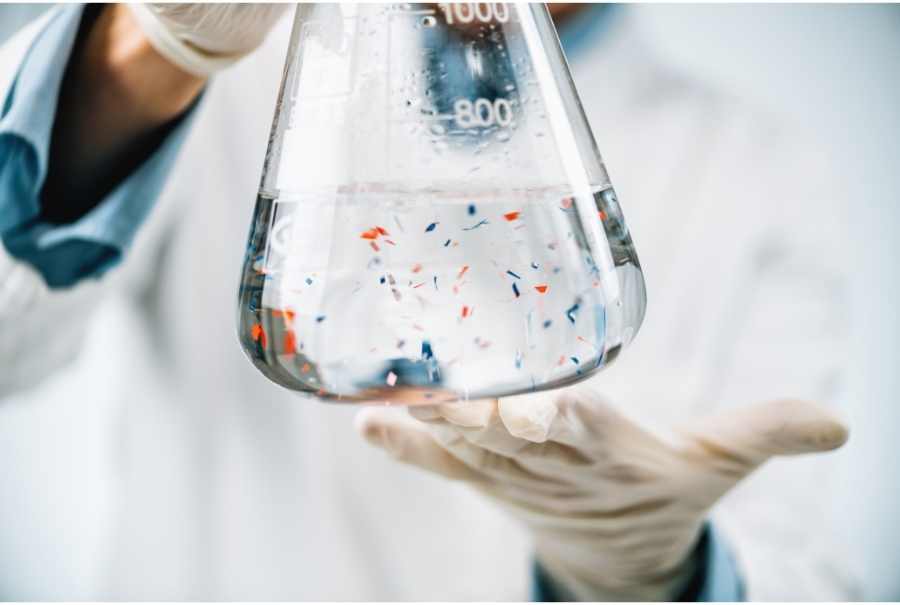
A 2021 study by Evangelos Danopoulos of Hull York Medical School analysed the negative impacts of microplastics on human cells. In the study, he compared the impact that consuming differing levels of plastic particles through contaminated drinking water, seafood, and table salt had. The findings showed specific types of harm such as cell death, allergic response, and damage to cell walls. The same 2022 study that discovered microplastics in human blood also showed that they travel around the body and can get stuck in organs.
According to Danopouslos: “We should be concerned. Right now, there isn’t really a way to protect ourselves […] we don’t really know how they react with our bodies once they are in.” While future research could make it possible to identify the foods most associated with microplastic consumption so that we can avoid them, he believes that the ultimate solution is to stop the loss of plastic waste: “Once the plastic is in the environment, we can’t really get it out.”
Microplastic pollution in Hong Kong
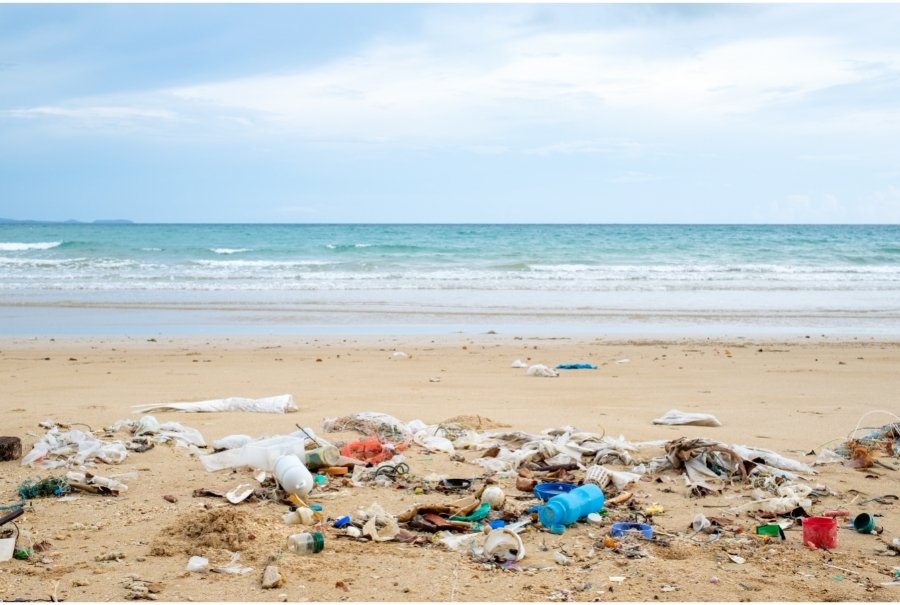
There are many factors that contribute to Hong Kong’s plastic pollution. Its geographical position in the Pearl River Delta, one of the world’s largest industrial hubs, means that industrial plastic waste is rife. Pair this with the widescale adoption of single-use plastic compounded by poor recycling infrastructure, and massive amounts of plastic are frequently dumped in landfills or left on beaches and countrysides to break down.
In 2016, Greenpeace issued the Plastics in Seafood report which showed that microplastics were found in over 170 species of marine creatures in Hong Kong, including commonly consumed seafoods like mullet fish, mussels, and lobsters. Since the plastics are too tiny for us to notice when we’re eating, they seamlessly make their way into our bodies.
In addition, in 2021 SCMP highlighted the widespread problem Hong Kong has with synthetic microfibres (man-made textile fibers like spandex, polyester, and nylon), an invisible pollutant that accounts for 35% of all ocean plastic pollution. This microfibre pollution affects marine life, blocking digestive tracts and decreasing the ability to feed and reproduce in small organisms like plankton.
How to deal with microplastic pollution on a small scale
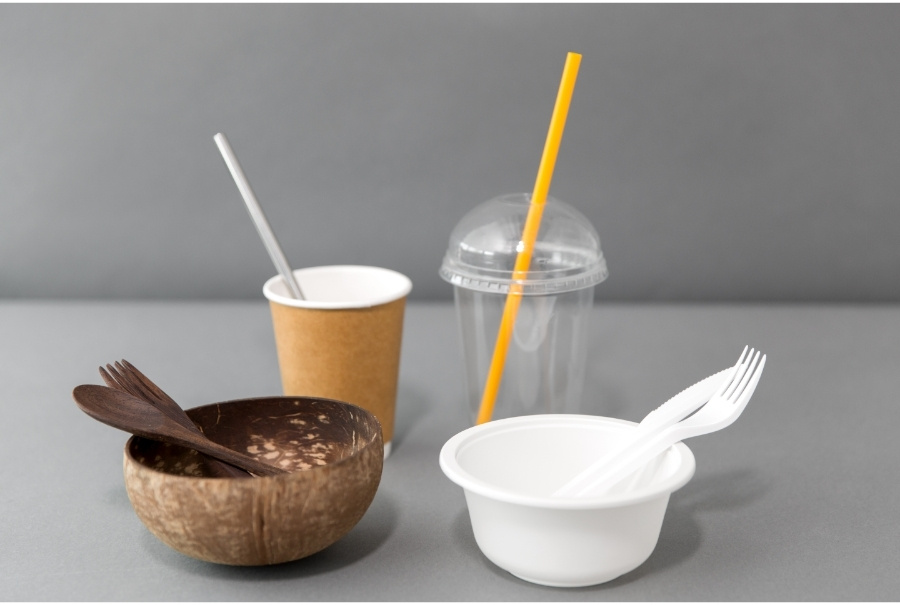
China recently published an ambitious five-year plan to curb plastic use and Hong Kong is following suit with its updated Climate Action Plan 2050. However, on the individual level, here are three simple and achievable suggestions to help reduce the impact and creation of microplastics.
- Avoid single-use plastic – refuse before reusing!
- Avoid buying personal care products that contain microbeads. Do your own research, because while many companies publicly say they no longer use them and governments around the world have banned them, plastics can still be found in ingredients lists. As a general rule, avoid products containing acrylate copolymer and polypropylene as these common ingredients are, in fact, plastic.
- Get involved with beach clean-ups to help reduce the amount of plastic debris in Hong Kong. Check out local organisations like Take Out Plastic, who are targeting single-use plastics and Hong Kong’s ‘plastic bag culture” to help Hong Kong’s plastic problem.

With a retail career spanning twenty years, Sheryl has worked for some of the biggest brands across Buyers and Sourcing. Her increasing concern about the negative impact of the industry led her to write her debut book, Sustainably Stylish – A guide to curating a guilt-free wardrobe. Sheryl graduated from Hong Kong University with an Executive Certificate in Corporate Social Responsibility and is passionate about making retail and life, in general, more sustainable.
Her everyday musings can be found on Instagram @makemywardrobework or on her website www.makemywardrobework.com.
Disclaimer: The opinions expressed in this publication are those of the authors and do not necessarily represent the views of The HK HUB.
Header image credits: Olena Sakhnenko via Canva


